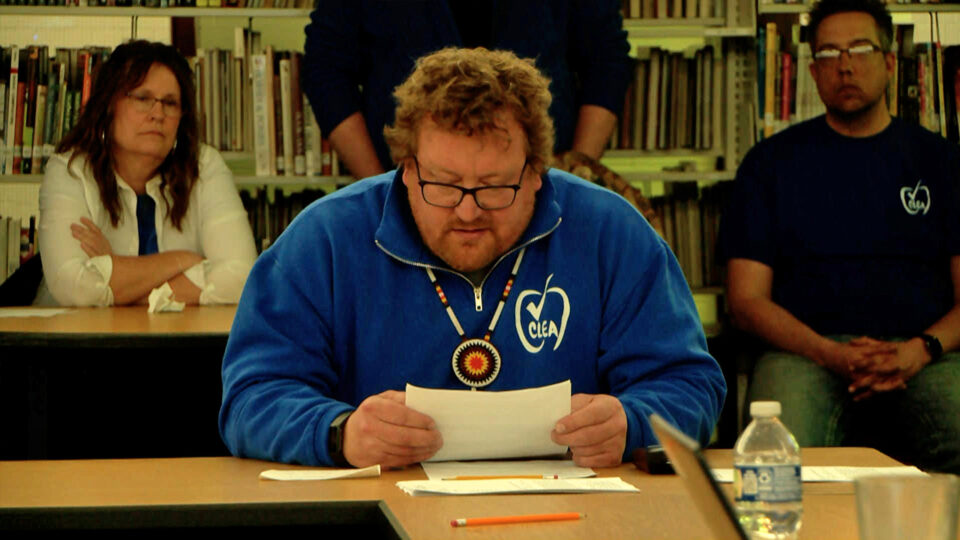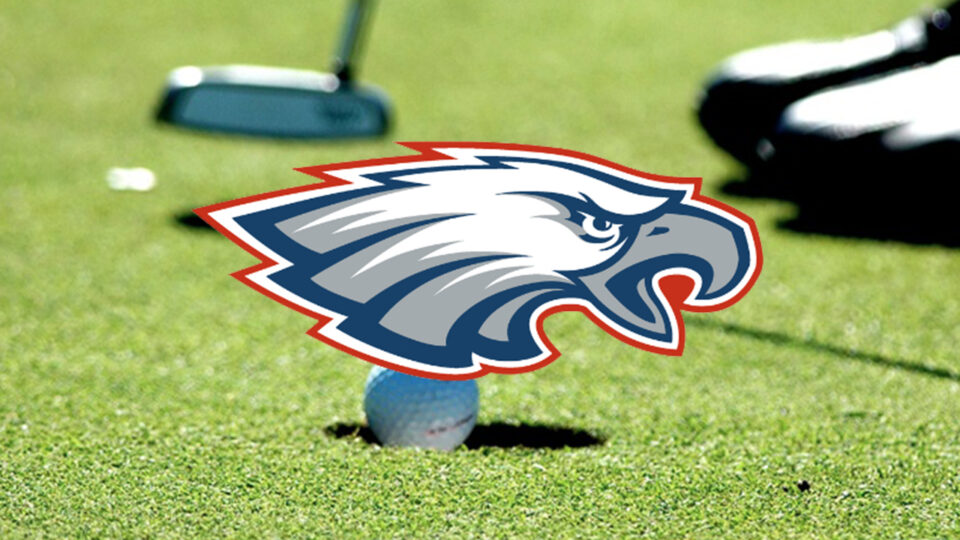Jul 24, 2018 | By: Josh Peterson
Minnesota DNR To Release Statewide Deer Management Plan
After years of planning, the Minnesota Department of Natural Resources released its first statewide deer management plan later today.
The plan reflects a two-year planning effort that involved statewide meetings and hundreds of in-depth conversations with citizens and stakeholders. It includes input from a 19-member citizen advisory committee, dozens of public input meetings and open houses, more than 1,100 submitted comments and letters from tribal governments, hunting organizations and others.
“We’ve listened, and the plan reflects that,” said Tom Landwehr, DNR commissioner. “The document is largely about sharing a vision, clarifying expectations and improving two-way communication among hunters and other stakeholders for the benefit of deer management.”
Leslie McInenly, the DNR wildlife manager who coordinated the plan, said the document will help forge stronger and deeper relationships with stakeholders in the years ahead.
“The vision communicates our commitment to long-term, sustainable deer management, hunting and recreational opportunities, and habitat conservation,” McInenly said. “We’ve placed a high priority on working with citizens to discuss how best to collectively work toward our shared goals.”
The plan’s eight broad goals cover topics ranging from research, to keeping Minnesota’s deer populations healthy to how the DNR and the public work together on deer management.
The DNR will also increase two-way communication with hunters, landowners and others by convening annual deer management discussions with interested citizens at the area wildlife office level and creating an ongoing statewide deer stakeholder input group.
Local meetings will provide hunters and others with a forum for sharing their observations, hearing the DNR’s management proposals and identifying opportunities to improve deer management.
The plan supports Minnesota’s hunting heritage through efforts to recruit, retain and reactivate hunters while also minimizing deer damage to native plants, agricultural crops, forest regeneration or negative societal impacts such as deer-vehicle collisions and urban deer conflicts.
More frequent and regular deer hunter and public attitude surveys will help gauge satisfaction and identify areas needing improvement. And a suite of performance measures will track and communicate progress. One new measure is a harvest target that will be used as a secondary, statewide check on success in meeting population goals.
Responding to chronic wasting disease (CWD) in Minnesota’s wild deer herd will be a top priority for the agency in the near term. The plan provides direction to eliminate CWD in wild deer and minimize the risk of new introductions.
“The long-term health of Minnesota’s wild deer and the need to work aggressively to eliminate the disease if possible was a key concern raised by the advisory committee and members of the public during plan review,” McInenly said.
In addition to goals, the plan includes specific performance measures that will help the DNR and the public track progress over time. One performance measure is a statewide harvest target. The DNR will track annual harvests in relation to a general statewide harvest target of 200,000 deer per year. This number reflects the approximate statewide harvest when deer populations are generally within goal range in most permit areas.







